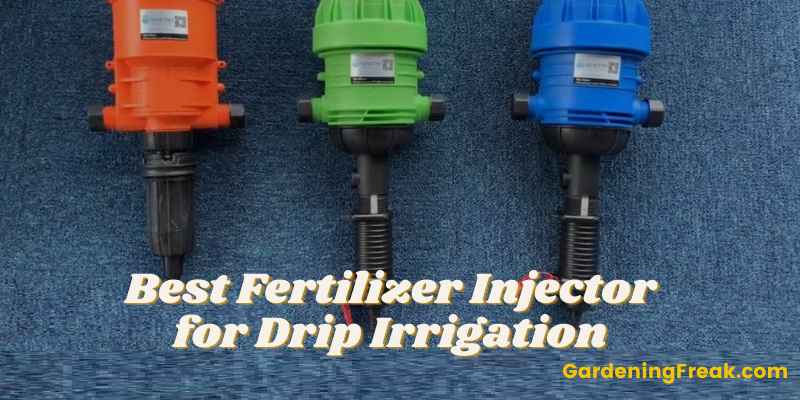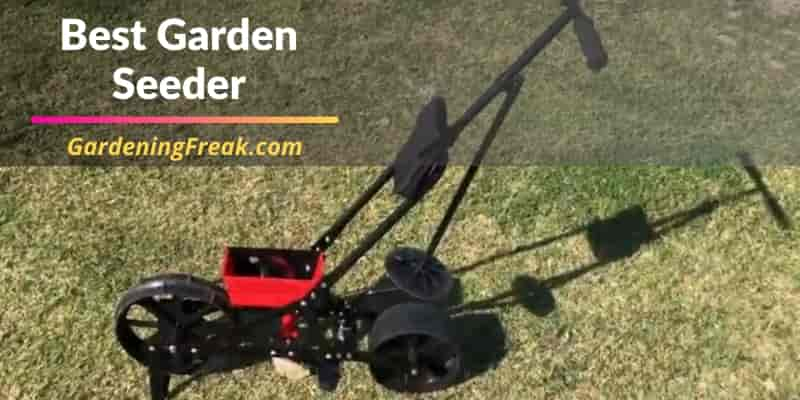If you are a hostas lover and have a limitation of space one question must come to your mind. That question is can you grow hostas in pots? The simple and short answer is yes, of course you can. Growing hostas in pots can be a delightful and rewarding experience for any avid gardener. As a seasoned gardener myself, I have explored the wonders of cultivating hostas in containers, and let me tell you, it is truly a sight to behold. The lush foliage and vibrant colors of these shade-loving perennials can bring life and elegance to any patio, balcony, or even a small corner of your garden. One of the great advantages of growing hostas in pots is the flexibility it offers. You can easily move them around to find the perfect spot where they’ll thrive.
Whether you have limited space or simply want to add a touch of greenery to your indoor living area, potted hostas are a fantastic choice. In this content I will talk about how to grow hostas in pot, its planting technique and also care for it. So lets start…
Do hostas do well in pots: can you grow hostas in pots
As an avid gardener with extensive experience, I can confidently say that hostas can indeed thrive in pots. These beautiful shade-loving plants are versatile and adaptable, making them an excellent choice for container gardening. Additionally, hostas appreciate some shade, so placing the pots in a partially shaded area is ideal. With proper care and attention, your potted hostas will flourish, showcasing their striking foliage and enhancing the beauty of our indoor garden or patio space.
Planting hosta bulbs in pots
While planting the hostas bulbs in pot we should care about some points. if we can follow thoses steps we can easily grow hostas on pot. Those steps are as follows
Step 1: Choosing the Right Pot
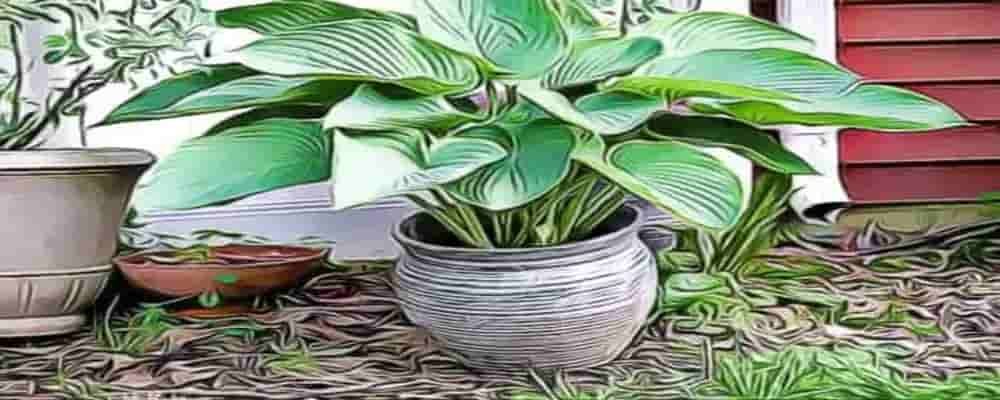
As a gardener, I always recommend using a pot that is at least 12-14 inches deep and wide. This will provide enough space for the hosta bulbs to grow and develop a healthy root system.
Step 2: Preparing the Potting Mix
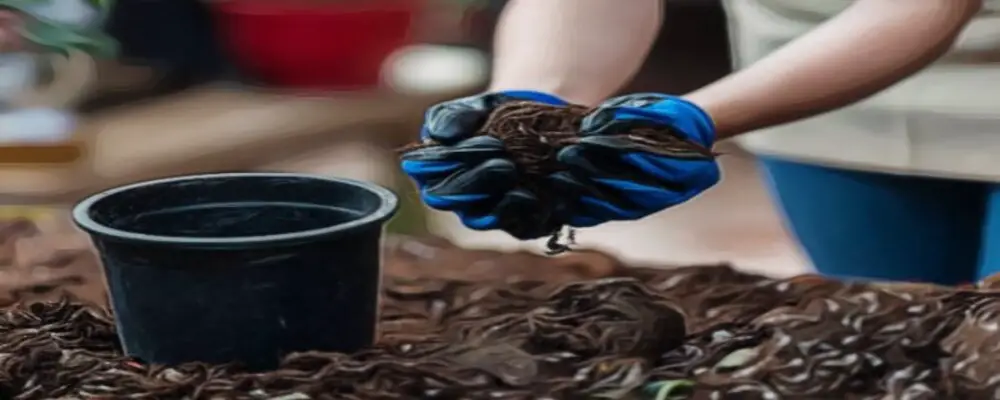
To create a suitable growing environment for hosta bulbs, I mix equal parts of potting soil, compost, and perlite. This combination ensures good drainage while retaining enough moisture for the plants.
Step 3: Planting the Hosta Bulbs
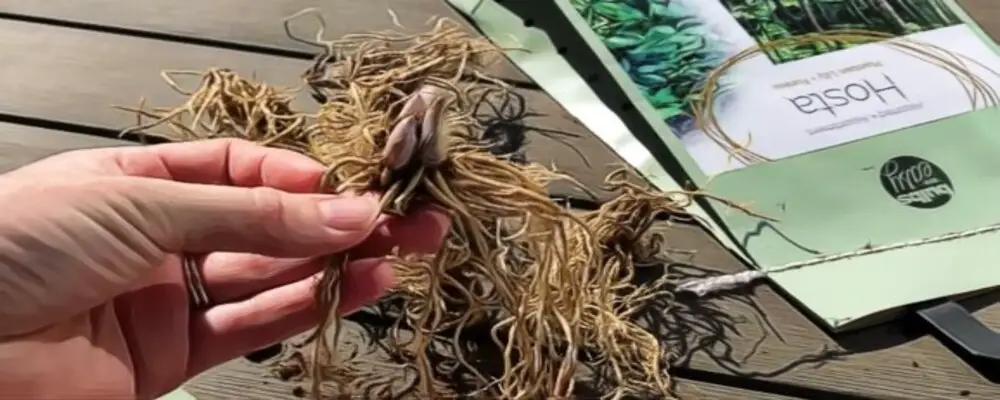
Dig a hole in the potting mix that is slightly larger than the bulb’s size. Place the bulb in the hole with the pointed side facing up. Gently cover the bulb with potting mix, leaving the tip of the bulb exposed.
Step 4: Providing Adequate Water and Light
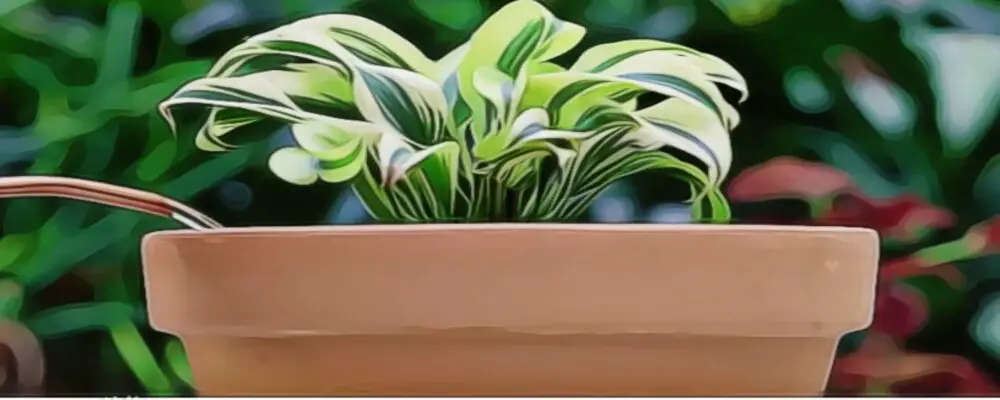
Hostas prefer moist soil, so water the potted bulbs regularly, keeping the soil evenly moist but not soggy. Place the pot in a location that receives partial shade or filtered sunlight, as direct sunlight can scorch the leaves.
Step 5: Caring for Hosta Bulbs
Ensure the potted hostas receive regular watering throughout the growing season. Additionally, apply a balanced fertilizer every month to promote healthy growth. Remove any dead leaves or faded flowers to maintain the plant’s appearance.
Best soil for hostas in pots
When hostas grow in the pot soil quality is of utmost importance. Hostas thrive in loose, well-draining soil that retains moisture without becoming waterlogged. A blend of peat moss, compost, and perlite or vermiculite can create the perfect soil mix for your hostas.
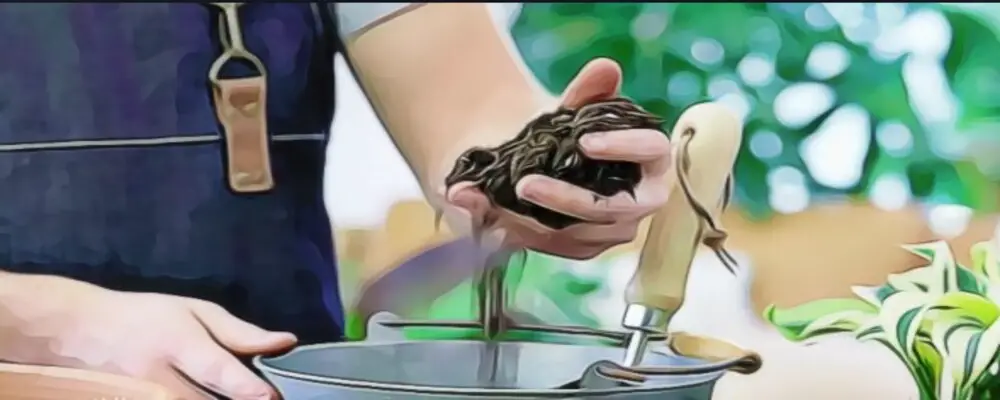
Peat moss helps retain moisture while also improving drainage. Compost adds nutrients to the soil. Perlite or vermiculite enhances aeration and prevents compaction. Hostas are generally adaptable. They prefer slightly acidic to neutral pH levels between 6.0 and 7.5. Regular watering is crucial to keep the soil consistently moist but not soggy.
How often do water hostas in pots
Watering hostas in pots is an essential task for their healthy growth. As a hobby gardener, I find that maintaining the right moisture level is crucial. Hostas generally require consistent watering, especially during the hot summer months. I water my potted hostas every two to three days, depending on weather conditions. However, it’s important not to overwater them as it can lead to root rot. To prevent this, I ensure proper drainage by using pots with drainage holes and adding a layer of gravel or broken pot shards at the bottom. This helps excess water to escape and prevents waterlogging. Before watering, I always check the soil moisture by sticking my finger about an inch deep into the soil. If it feels dry, then it’s time to water them. Additionally, during periods of heavy rainfall, I adjust my watering frequency accordingly, reducing it as needed. It not only help root rot but also save the hostas from the attack of slugs.
Fertilizing Hostas in Pots
Fertilizing hostas in pots is crucial for their growth and overall health. These beautiful plants thrive in containers, but they need regular nourishment to reach their full potential. Using a balanced fertilizer with equal amounts of nitrogen, phosphorus, and potassium is ideal. I prefer using an organic option to avoid chemical buildup. you can check the below link for organic fertilizer.
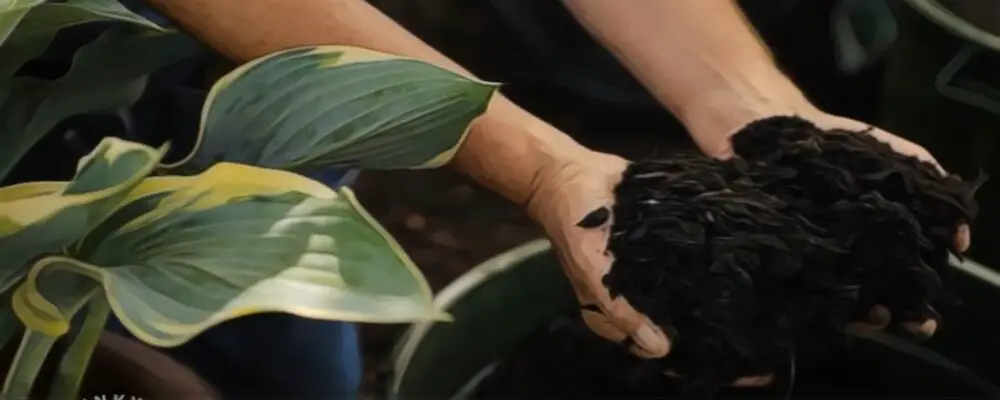

During the growing season, I apply the fertilizer every four weeks, following the recommended dosage on the packaging. It’s important not to over-fertilize as this can lead to leaf burn or stunted growth. By providing the right nutrients at the right time, my potted hostas reward me with lush foliage and vibrant blooms throughout the season.
How to winterize hostas in containers
As a fellow hobby gardener, I understand the importance of winterizing hostas in containers. To ensure the survival and health of these beautiful plants during the cold season, here are a few simple steps to follow:
Cleaning and Trimming
Begin by removing any dead leaves or debris from the plant and container. Trim back any damaged or overgrown foliage.
Insulation
Insulate the container by wrapping it with burlap or bubble wrap to protect the roots from freezing temperatures.
Mulching
Apply a layer of mulch around the base of the hosta to provide extra insulation and retain moisture.
Watering
Water sparingly throughout the winter to prevent drought stress, but make sure not to overwater as this can promote rotting.
Remember, each gardener’s experience may vary based on their climate and specific plant needs. By taking these precautions, you can help your hostas survive the winter and thrive again in spring!
Varieties of hostas to grow in pots
I love growing hostas in pots! They are perfect for adding a touch of green to any outdoor space, especially if you have limited room. When it comes to choosing a variety of hostas for pots, there are a few options that I highly recommend.
1. Sum and Substance
The ‘Sum and Substance’ variety is a showstopper with its large golden leaves that create a stunning focal point in any pot.
2. Blue Mouse Ears
For those who prefer smaller hostas, ‘Blue Mouse Ears’ is an excellent choice with its tiny blue-green foliage that adds a delicate touch to your potted garden.
3. Patriot
Another favorite of mine is the ‘Patriot’ hosta, featuring dark green leaves with striking white edges, adding a touch of elegance to your pot arrangements.
4. June
If you’re looking for unique texture, consider the ‘June’ variety with its blue-green leaves and golden-yellow margins, providing a beautiful contrast in your potted garden.
5. Emerald Tiara
Lastly, don’t forget about the ‘Emerald Tiara’ hosta, known for its bright green foliage and creamy white centers, offering a charming and vibrant addition to your potted plants.
With these fantastic hosta varieties, your potted garden will flourish beautifully!
Tips and Tricks for Planting Hostas In Pots
From my personal experience I want to share some tips and tricks for hostas lover. If they follow that I believe they can also get a healthy and beautiful hosta all year round. Those tricks are as follow.
Choosing the Right Pot
As a hobby gardener, I’ve learned some great tips and tricks for planting hostas in pots. First, it’s important to choose the right pot for your hostas. Look for a pot that is at least 12 inches deep and wide to provide enough space for the hosta roots to grow.
Preparing the Soil
To ensure proper water drainage, fill the pot with a well-draining potting mix. This will help prevent waterlogged soil that can harm the hostas.
Planting the Hosta
When planting the hosta, position it in the center of the pot. Gently loosen the root ball before placing it in the soil. This will help the roots establish themselves more easily.
Proper Watering
After planting, water the hosta thoroughly. Then, keep the soil consistently moist but not overly wet. Avoid letting the soil dry out completely or becoming waterlogged.
Providing Shade
Hostas prefer partial shade, so find a location on your patio or balcony that offers some shade during the day. This will help protect the hostas from harsh sunlight and prevent them from wilting.
Feeding and Care
Finally, feed your potted hosta with a balanced fertilizer throughout the growing season to promote healthy growth. Follow the instructions on the fertilizer packaging for best results.
FAQ
When Should You Plant Hostas?
When it comes to planting hostas, I find that it's best to do so in the spring or early fall. From my personal experice I've learned that these seasons provide the ideal conditions for the hostas to establish themselves in the garden. In the spring, temperatures are mild, and the soil is moist, which allows the plants to develop strong roots before the summer heat arrives. The early fall is another good option because the soil is still warm from summer but not too hot, and there's typically more rainfall. This helps the hostas settle in comfortably before winter sets in. Regardless of the season, it's important to choose a suitable location with well-drained soil and partial shade for optimal growth.
What pests can be a problem for hostas in pots?
One common issue is dealing with pesky pests. Several critters can cause trouble for these beautiful plants. Slugs and snails are notorious enemies, leaving behind chewed leaves and slime trails. Aphids can also infest your hostas, sucking the sap and causing curled and distorted foliage. Spider mites may become a problem too, leaving tiny webs on the undersides of leaves. Another potential troublemaker is the vine weevil, known for its larvae feeding on roots, leading to wilting and stunted growth.
When do hostas flower?
Hostas typically flower during the summer months, usually from late spring to early fall, depending on the specific variety and local climate conditions. The exact timing may vary based on factors such as the amount of sunlight, temperature, and moisture levels in your garden. I have noticed that my hostas generally start flowering in June, with some varieties blooming even into September.
How deep should I plant my new hosta?
When it comes to planting new hostas, I always follow a simple rule: plant them shallow. I've found that hostas thrive best when they are not buried too deep in the soil. I typically dig a hole that is just deep enough to accommodate the roots of the plant.
Conclusion
So, if you’re looking to add a touch of elegance and tranquility to your outdoor space, why not give growing hostas in pots a try? With a little care and attention, you’ll be rewarded with a stunning display in your patio that will make you the envy of every gardener in the neighborhood. So thats all for this post. I hope after going through this content you get you answer about the question of whether can you grow hostas in pots or not














